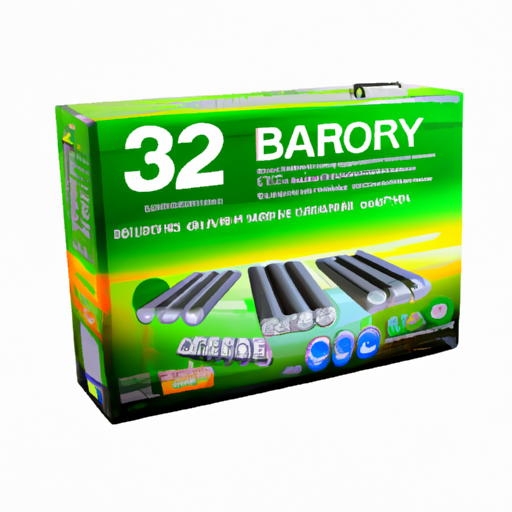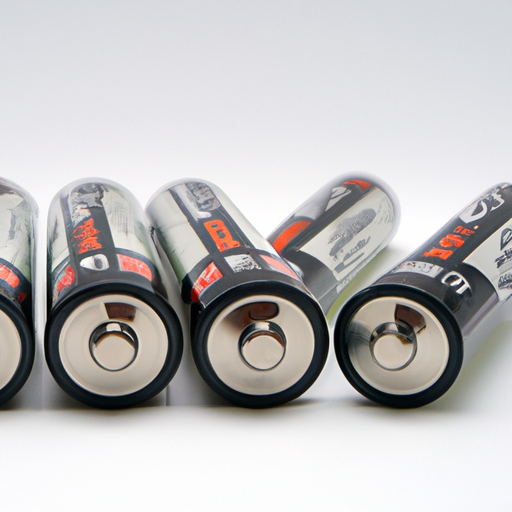Understanding Metal Film Resistors
I. Introduction
In the world of electronics, resistors play a crucial role in controlling the flow of electric current. Among the various types of resistors available, metal film resistors stand out due to their unique properties and applications. This article aims to provide a comprehensive understanding of metal film resistors, their characteristics, advantages, disadvantages, and how to choose the right one for your electronic projects.
II. Overview of Resistors
A. What is a Resistor?
A resistor is a passive electronic component that limits the flow of electric current in a circuit. It is essential for controlling voltage and current levels, ensuring that other components operate within their specified limits. Resistors are used in a wide range of applications, from simple circuits to complex electronic devices.
1. Function in Electrical Circuits
The primary function of a resistor is to provide resistance to the flow of current. This resistance is measured in ohms (Ω) and can be calculated using Ohm's Law, which states that the voltage (V) across a resistor is equal to the current (I) flowing through it multiplied by the resistance (R): V = I × R.
2. Types of Resistors
There are several types of resistors, each with its own characteristics and applications. The most common types include:
Carbon Film Resistors: Made from a carbon film deposited on a ceramic substrate, these resistors are cost-effective but have lower precision and stability compared to metal film resistors.
Wire-Wound Resistors: Constructed by winding a metal wire around a core, these resistors are known for their high power ratings but can be bulkier and more expensive.
Thick Film Resistors: These resistors are made by printing a thick layer of resistive material onto a substrate, offering a balance between cost and performance.
B. The Role of Resistors in Controlling Current and Voltage
Resistors are vital in managing the current and voltage levels in electronic circuits. By adjusting the resistance, engineers can design circuits that function correctly, ensuring that components receive the appropriate voltage and current for optimal performance.
III. What is a Metal Film Resistor?
A. Definition and Composition
A metal film resistor is a type of resistor that uses a thin film of metal as the resistive element. This construction allows for precise resistance values and excellent stability.
1. Materials Used in Metal Film Resistors
Typically, metal film resistors are made from a thin layer of metal, such as nickel-chromium or tantalum, deposited onto a ceramic substrate. The thickness of the metal film determines the resistance value, and the film is often coated with a protective layer to enhance durability.
2. Manufacturing Process
The manufacturing process of metal film resistors involves several steps, including the deposition of the metal film, patterning to create the desired resistance value, and trimming to achieve precise tolerances. This process results in resistors that are highly accurate and stable over time.
B. Comparison with Other Types of Resistors
Metal film resistors offer several advantages over other types of resistors:
1. Carbon Film Resistors
While carbon film resistors are more affordable, they typically have higher noise levels and lower precision compared to metal film resistors. Metal film resistors are preferred in applications requiring high accuracy and low noise.
2. Wire-Wound Resistors
Wire-wound resistors excel in high-power applications but can be bulkier and less precise than metal film resistors. Metal film resistors are often chosen for their compact size and superior performance in low-power applications.
3. Thick Film Resistors
Thick film resistors are generally less expensive but may not offer the same level of precision and stability as metal film resistors. For high-precision applications, metal film resistors are the preferred choice.
IV. Characteristics of Metal Film Resistors
A. Tolerance and Precision
1. Explanation of Tolerance
Tolerance refers to the allowable deviation from the specified resistance value. Metal film resistors typically have low tolerance levels, often ranging from 0.1% to 5%, making them suitable for applications where precision is critical.
2. Precision in Applications
The high precision of metal film resistors makes them ideal for use in measurement instruments, audio equipment, and other high-accuracy applications.
B. Temperature Coefficient
1. Definition and Significance
The temperature coefficient indicates how much a resistor's resistance changes with temperature. Metal film resistors have a low temperature coefficient, meaning their resistance remains stable across a wide temperature range.
2. Comparison with Other Resistors
In contrast, carbon film and thick film resistors may exhibit greater resistance changes with temperature, making metal film resistors a better choice for applications requiring temperature stability.
C. Noise Performance
1. Understanding Noise in Resistors
Noise in resistors can introduce unwanted signals into electronic circuits, affecting performance. This noise is often measured in terms of voltage noise density.
2. Advantages of Metal Film Resistors in Noise Reduction
Metal film resistors are known for their low noise characteristics, making them suitable for high-fidelity audio applications and sensitive measurement devices.
V. Applications of Metal Film Resistors
A. Common Uses in Electronic Devices
Metal film resistors are widely used in various electronic devices, including:
1. Audio Equipment
In audio applications, metal film resistors help maintain signal integrity and minimize distortion, ensuring high-quality sound reproduction.
2. Measurement Instruments
Precision measurement instruments, such as oscilloscopes and multimeters, rely on metal film resistors for accurate readings.
3. High-Precision Circuits
Metal film resistors are essential in high-precision circuits, such as those found in medical devices and aerospace applications, where accuracy and reliability are paramount.
B. Advantages in Specific Applications
1. Stability and Reliability
The stability and reliability of metal film resistors make them ideal for critical applications where performance consistency is essential.
2. Performance in High-Frequency Applications
Metal film resistors perform well in high-frequency applications, making them suitable for RF circuits and other high-speed electronic devices.
VI. Advantages of Metal Film Resistors
Metal film resistors offer several advantages, including:
A. High Stability and Reliability
Their construction and materials provide excellent stability over time, ensuring consistent performance in various conditions.
B. Low Noise Characteristics
Metal film resistors produce minimal noise, making them ideal for sensitive applications where signal integrity is crucial.
C. Excellent Temperature Stability
With a low temperature coefficient, metal film resistors maintain their resistance values across a wide temperature range, enhancing their reliability in diverse environments.
D. Wide Range of Resistance Values and Tolerances
Metal film resistors are available in a broad range of resistance values and tolerances, allowing engineers to select the perfect component for their specific needs.
VII. Disadvantages of Metal Film Resistors
Despite their many advantages, metal film resistors also have some drawbacks:
A. Cost Considerations
Metal film resistors tend to be more expensive than carbon film or thick film resistors, which may be a consideration for budget-sensitive projects.
B. Power Rating Limitations
While metal film resistors are suitable for low to moderate power applications, they may not be the best choice for high-power circuits, where wire-wound resistors would be more appropriate.
C. Physical Size Compared to Other Resistors
Metal film resistors can be larger than some other types, which may be a consideration in compact electronic designs.
VIII. How to Choose a Metal Film Resistor
A. Factors to Consider
When selecting a metal film resistor, consider the following factors:
1. Resistance Value
Determine the required resistance value for your application, ensuring it falls within the available range of metal film resistors.
2. Tolerance and Temperature Coefficient
Choose a resistor with an appropriate tolerance and temperature coefficient based on the precision requirements of your circuit.
3. Power Rating
Ensure the resistor's power rating is suitable for your application to prevent overheating and failure.
B. Applications and Specific Requirements
Consider the specific requirements of your application, such as noise sensitivity, stability, and size constraints, to select the most appropriate metal film resistor.
IX. Conclusion
Metal film resistors are essential components in modern electronics, offering high precision, stability, and low noise characteristics. Their unique properties make them ideal for a wide range of applications, from audio equipment to high-precision measurement instruments. As technology continues to evolve, the demand for reliable and accurate resistors will only increase, making metal film resistors a critical component in the future of electronics. Whether you're a hobbyist or a professional engineer, understanding metal film resistors will enhance your ability to design and build effective electronic circuits.
X. References
For further reading and resources on metal film resistors and resistor technology, consider exploring the following:
- "Electronic Components: A Complete Reference for Engineers and Technicians" by John Doe
- "The Art of Electronics" by Paul Horowitz and Winfield Hill
- Industry standards and guidelines from organizations such as the Institute of Electrical and Electronics Engineers (IEEE) and the International Electrotechnical Commission (IEC).
By delving deeper into these resources, you can expand your knowledge and understanding of resistors and their applications in the ever-evolving field of electronics.













